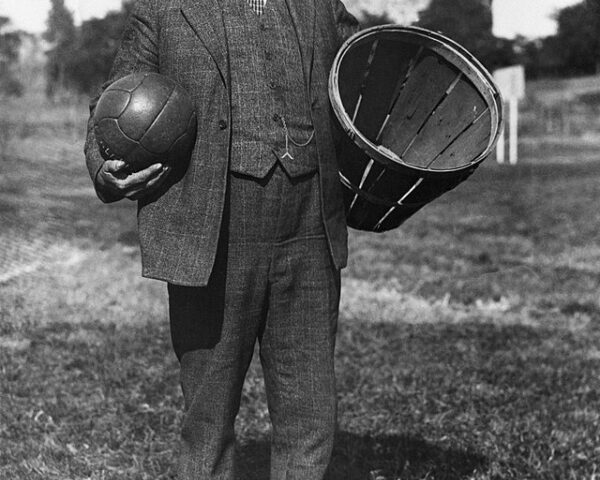On January 1, 45 BC, Julius Caesar changed the way the West marked their calendars, making January 1 the first day of the new year. Prior to the Julian reform, the Roman calendar was a complex lunar calendar that often fell out of phase with the solar year, necessitating frequent and arbitrary adjustments by priests. This system was not only confusing but also susceptible to manipulation for political purposes, as the addition of days could extend or shorten political terms.
Julius Caesar, after his rise to power, sought to rectify the calendar’s shortcomings. Consulting with the Alexandrian astronomer Sosigenes, Caesar decided to abandon the lunar model and adopt a solar-based system. The Julian calendar introduced a year of 365 days, divided into 12 months with a leap year every four years to account for the extra approximately 6 hours beyond 365 days in the solar year. This leap year added an extra day to the month of February, which traditionally was the last month of the year in the old Roman calendar.
The implementation of the Julian calendar required an initial correction to realign the calendar with the seasons. This was achieved by inserting an additional 90 days into the year 46 BC, a year that came to be known as the “last year of confusion.” After this one-time adjustment, the Julian calendar provided a more consistent and predictable means of timekeeping, with the average year length very close to the actual solar year of approximately 365.2425 days.
Despite its improvements, the Julian calendar still had an error of about 11 minutes per year, which over centuries led to a significant drift from the solar year. By the 16th century, this discrepancy had accumulated to the point where the calendar was out of sync with the equinoxes by approximately ten days. This misalignment had implications for the timing of Easter and was becoming increasingly problematic for the Catholic Church.
The solution to this problem was the Gregorian calendar reform of 1582, introduced by Pope Gregory XIII. The Gregorian calendar made a one-time adjustment by skipping ten days and modified the leap year rules to exclude three leap years every 400 years. Despite initial resistance, especially from Protestant countries, the Gregorian calendar eventually replaced the Julian calendar and is the system in use today. However, the Julian calendar is still used by some Eastern Orthodox churches to determine the dates of religious celebrations.






